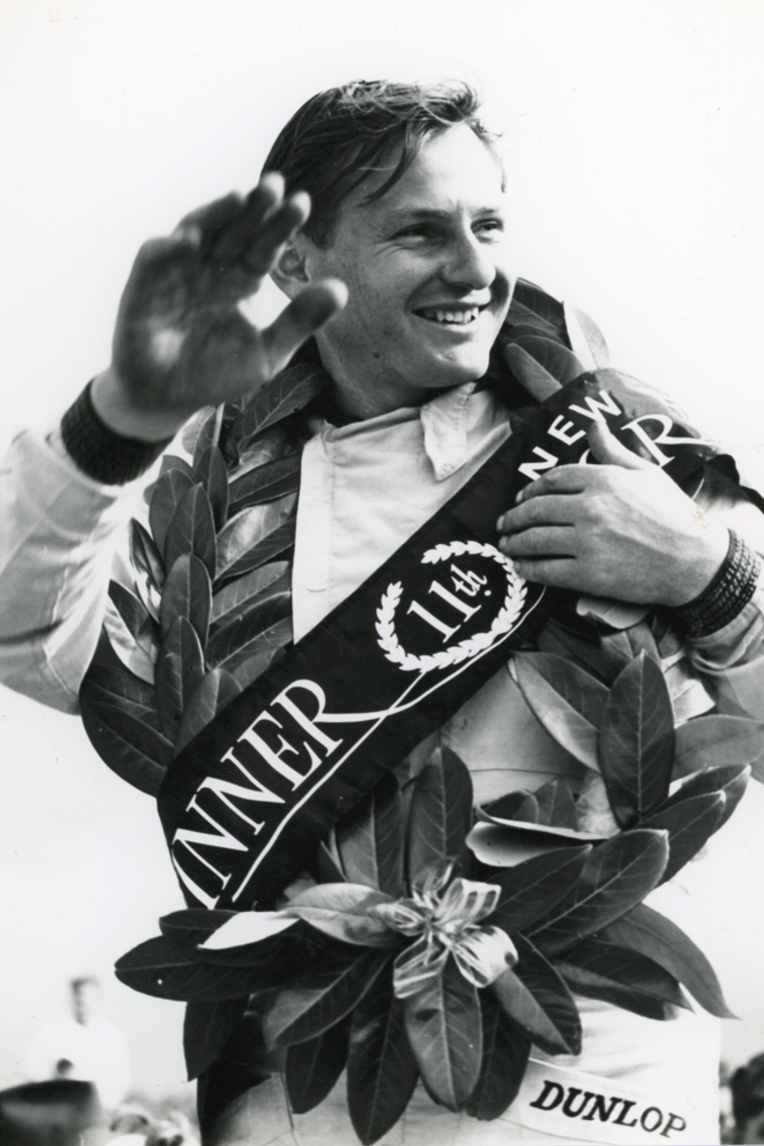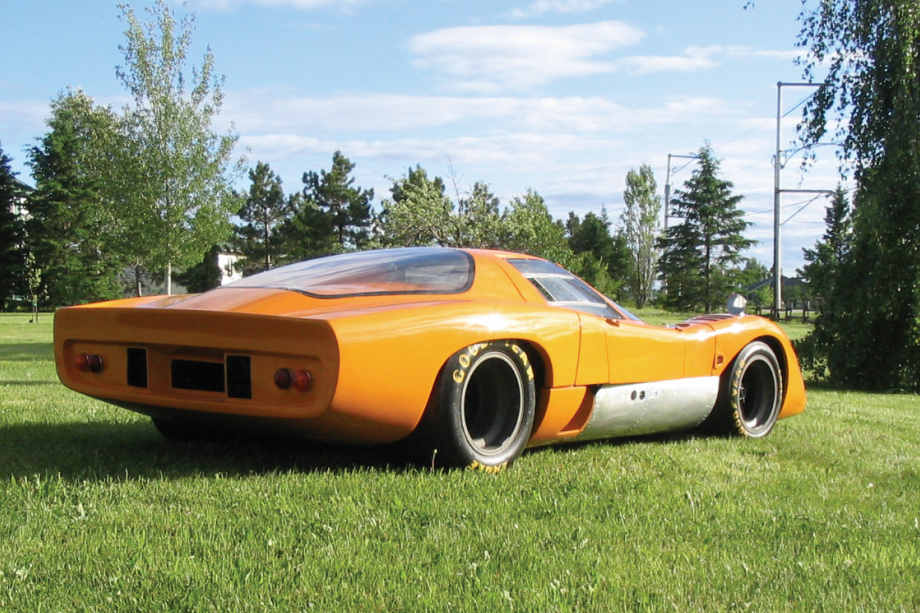McLaren Group remembers the tragic passing of its brilliant founder
by Tony DavisN
ext Tuesday represents 50 years since the much-loved New Zealander Bruce McLaren died in a freak testing accident at Goodwood Circuit in England. McLaren was an inspirational character, who overcame severe childhood illness to become a world-beating racing driver, engineer and car maker.
He is also one of five Antipodeans who have won the Monaco Grand Prix. The most prestigious F1 race of all, Monaco has been held around this time every year – except this one – since 1955. The first winner from Down Under was McLaren’s mentor, Australia's Jack Brabham, who won at the Monte Carlo circuit in 1959, en route to the first of his three World Championships.

Before that though, Brabham raced in New Zealand and had seen a lot of himself in the broadly talented and very quick Kiwi. As a result, “Black Jack” plucked the 20-year-old McLaren out of Auckland to join him at the Cooper Car Company in Surbiton, London.
At the end of the 1959 season, McLaren became the youngest person to win a Grand Prix, taking out the US GP in a rear-engined Cooper-Climax. He was 22. He won the Monaco GP three years later, also in a Cooper-Climax, just pipping the Ferrari of reigning world champ, American Phil Hill. (Kiwi Denny Hulme and Australians Mark Webber and Daniel Ricciardo have also achieved wins at Monte Carlo; the latter is now signed to drive for the McLaren F1 team from next year.)
In the 1964 Tasman Championship, a so-called Winter World Championship held in Australia and New Zealand, McLaren beat Jack Brabham and most of the top drivers from Europe to take the crown. In 1966 he won the Le Mans 24-Hour in a Ford GT40, ending Ferrari’s six year reign over the world’s premier endurance race.

McLaren would follow Brabham’s lead and leave the Cooper F1 team to start his own racing car company. In the late 1960s he would achieve one world championship Grand Prix victory and six podiums in his McLaren cars. In North American Can-Am racing in the same period, the bright orange McLaren sports cars were almost unbeatable.
Bruce McLaren would be 83 now if things had gone differently. When he began in F1, circuits were lined with lamp posts, telegraph poles, stone walls and barbed wire fences. There was equally little thought to protecting the non-participants; the year McLaren won Monaco, a track marshal died when hit by a flying wheel.